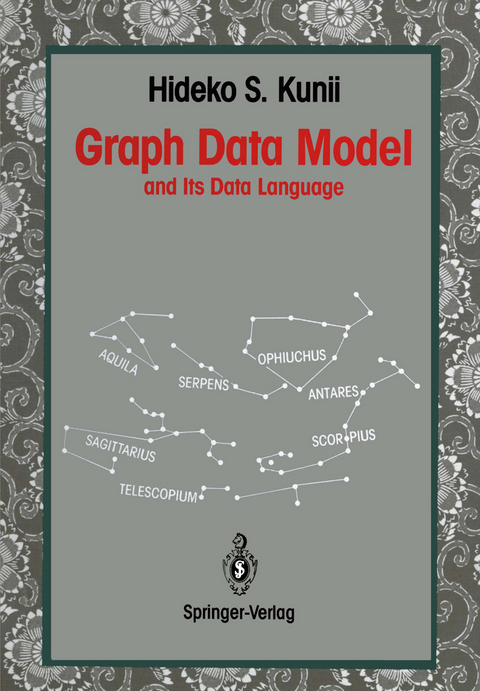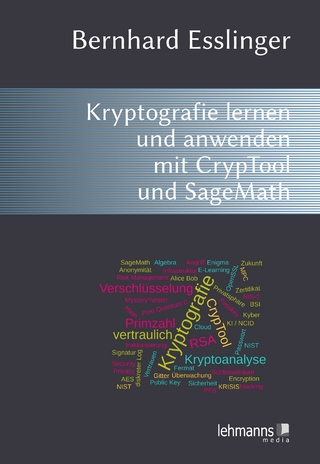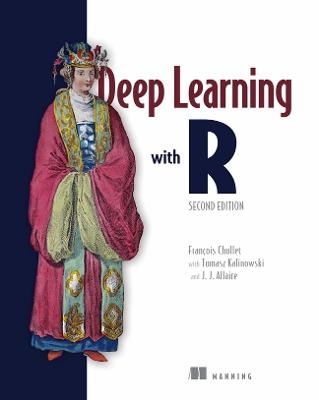
Graph Data Model
Springer Verlag, Japan
978-4-431-68116-8 (ISBN)
Complex databases can be understood well with visual representation. A graph is a very intuitive and rational structure to visually represent such databases. Graph Data Model (GDM) proposed by the author formalizes data representation and operations on the data in terms of the graph concept. The GDM is an extension of the relational model toward structural representation. In this model, a database is defined by a schema graph where nodes represent record types and arcs represent link types that are relationships between two record types. The capabilities of the GDM include direct representation of many-to-many relationships and of the relationships within a single record type. The characteristic operators are those associated with links: existential, universal, numerical and transitive link operators. Graph Data Language (GDL) is a data language based on this GDM. The essence of the GDL is path expressions used for formulation of queries. The concepts of GDM and GDL have actually been implemented by Ricoh Co., Ltd. and a system based on these concepts is commercially available for many UNIX machines.
1. Introduction.- 1.1 Motivation.- 1.2 Overview.- 1.3 Related Work.- 2. Graph Data Model.- 2.1 Overview.- 2.2 Schema.- 2.3 Elementary Data Operations.- 3. Data Definition Language.- 3.1 Overview.- 3.2 Schema Definition.- 3.3 Views.- 3.4 Schema Evolution.- 4. Data Manipulation Language.- 4.1 Overview.- 4.2 Volatile Object Definition.- 4.3 Record Selection and Creation.- 4.4 Link Selection and Creation.- 4.5 Storage Operations.- 5. Implementation of GDL.- 5.1 Overview.- 5.2 Some Design Issues.- 5.3 DDL Processor.- 5.4 Run-time System.- 5.5 DML Precompiler.- 5.6 Access Paths and Other Environment-Dependent Factors.- 5.7 Query Processor.- 6. A Comparison of Access Path Strategies.- 6.1 Introduction.- 6.2 An Extension of Yao’s Cost Model for Query Evaluation Algorithms.- 6.3 Costs of Query Evaluation Algorithms.- 6.4 Conclusion.- 7. Conclusions.- 7.1 Contribution.- 7.2 Future Research.- Appendix A: BNF Grammar of GDL.- Appendix B: Specification of Run-time System.- B.1 File Structures.- B.2 Parameters and Variables.- B.3 IRST Procedure.- B.4 XRST Procedure.- B.5 EXT Procedure.- B.6 NEGEXT Procedure.- B.7 NUM Procedure.- B.8 TRN Procedure.- B.9 LNKCRT Procedure.- B.10 PROJ Procedure.- B.11 FETCH Procedure.- B.12 UNI, INTS, DIF Procedures.- B.13 RADD Procedure.- B.14 RDEL Procedure.- B.15 LADD Procedure.- B.16 LDEL Procedure.- B.17 PUSH Procedure.- B.18 POP Procedure.- B.19 RLPROJ Procedure.- B.20 GETREC Procedure.- B.21 GETIDX Procedure.- B.22 GETLNK Procedure.- B.23 GROUP Procedure.- B.24 SORT Procedure.- B.25 ASGNRL Procedure.- B.26 DELRL Procedure.- B.27 ASGNREC Procedure.- B.28 ADDREC Procedure.- B.29 DELREC Procedure.- B.30 ADDIDX Procedure.- B.31 DELIDX Procedure.- B.32 ADDLNK Procedure.- B.33 DELLNK Procedure.- B.34 SRCHTRE Function.- B.35 ADDTRE Procedure.- B.36DELTRE Procedure.- Symbols and Abbreviations.
| Vorwort | Gio Wiederhold |
|---|---|
| Zusatzinfo | XVI, 106 p. |
| Verlagsort | Tokyo |
| Sprache | englisch |
| Maße | 170 x 244 mm |
| Themenwelt | Mathematik / Informatik ► Informatik ► Datenbanken |
| Informatik ► Theorie / Studium ► Algorithmen | |
| ISBN-10 | 4-431-68116-7 / 4431681167 |
| ISBN-13 | 978-4-431-68116-8 / 9784431681168 |
| Zustand | Neuware |
| Informationen gemäß Produktsicherheitsverordnung (GPSR) | |
| Haben Sie eine Frage zum Produkt? |
aus dem Bereich


